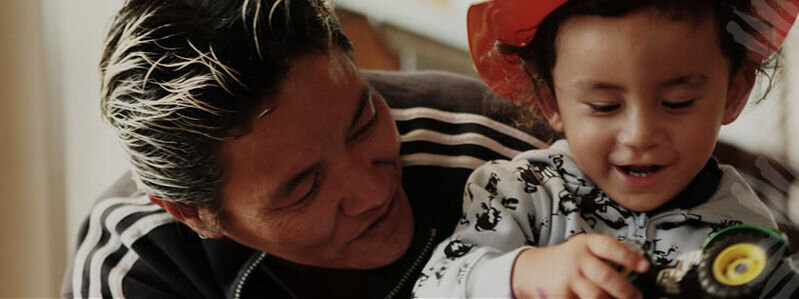So, How Are We Making Our Investments?
Michael O'Brien
Much has been said and written about 'social investment' this year, and undoubtedly even more will be made of the idea in 2017. But what is the basis of the investment decisions? How robust are the factors being used to justify and support the decisions?
In brief, ‘social investment’ is the framework which Government says it will use to determine its decision across a range of public spending. It argues that this will lead to money being spent on ’the most vulnerable’ and on programmes and activities which give the best results. All of these arguments need to be carefully examined on a number of grounds. One of the most critical of these is: how are the risk factors which determine the spending decisions identified and how valid and robust are they?
Government has put together data from a range of departments such as Education, Justice, Work and Income, Health, Child Youth and Family (CYF), and Housing in an integrated database (IDI) to show the links between children’s experiences and their outcomes later in life. Based on the data four risk factors leading to poor outcomes in later life are identified. These factors are: a CYF finding of abuse or neglect; being mostly supported by benefits since birth; having a parent with a prison or community sentence; mother with no formal qualifications. These risks are linked with five poor outcomes – referral to youth justice, no school qualifications, sole parent benefit by age 21, receiving main benefit for at least five years between 25 and 34, prison or community sentence between 25 and 34.
Last week saw the publication of a second list of factors associated with poor outcomes for children through the link between the Dunedin long-term study of children born in in 197-2-1973 and their later life pattern. That study identified four risk factors – growing up in a socioeconomically deprived family, exposure to maltreatment, low IQ and poor self control. Based on personal interviews, medical records and the administrative database, the research went on to say that these four risk factors are proven to be linked with poor adult health and social outcomes. The outcomes identified here included welfare benefit receipt, fatherless children, smoking, obesity, insurance claims, hospital bed nights, prescription drug use and criminal court convictions.
So, what we have are two quite distinct sets of risk factors and quite different outcome measures. Measuring risk factors clearly means that the answers you get (the list of factors) depend on the questions you ask. ‘Social investment’ in such an environment is clearly a very risky business if the ‘risks’ are so uncertain and inconsistent.
There are very good reasons for investing in children and for investing well in children who have less resources and opportunities than they need. The evidence internationally is clear – investment needs to be in all children and families, not just in a specially targeted group of ‘vulnerable children’. There are clearly enormous risks in a social investment approach which singles out a small group of children and their families. Government and its agencies need to ensure that all children are able to grow, prosper and develop. Social investment certainly won’t do that.


New Zealand's Welfare System Fails to Recognise the Dignity of Our People - How Can We Fix It?